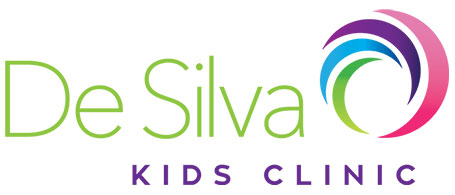What is a tongue-tie?
A tongue-tie is a condition that is present at birth. It looks like a short, tight, and thick tissue that is called a lingual frenulum. This tissue is found at the bottom of the tongue, that can make it hard for the tongue to move freely.
Causes
Typically, the tissue separates before birth, allowing the tongue to move around freely. With a tongue-tie, the tissue remains attached to the bottom of the tongue and restricts the movement, causing complications with breastfeeding and speech articulation development. There is no known reason or cause for this, although some research has indicated that cases of tongue-tie have been linked with certain genetic factors.
Complications
- Breastfeeding
– Latching
– Feeding efficiency – how much milk they take per suck
– Maternal pain and milk supply
– Early weaning - Bottle Feeding
– Creating a seal and dribbling milk
– Very slow bottle feeds
– Difficulty controlling milk flow - Solids
– Slow transition to solid foods
– Gagging on lumps of food
– Chewing difficulties
– Messy eating. - Oropharyngeal dysphagia risk: The child has difficulties initiating a swallow, resulting in a higher risk of food or liquids going down the wrong way and into the lungs.
- Potential for food refusal
- Speech difficulties: Tongue-tie can interfere with the ability to make certain sounds — such as “t,” “d,” “z,” “s,” “th,” “r” and “l.”
- Poor oral hygiene: for an older child or adult, tongue-tie can make it difficult to sweep food from the teeth. This can contribute to tooth decay and inflammation of the gums. Tongue-tie can also lead to the formation of a gap or space between the two bottom front teeth.
Treatment:
Surgical treatments:
Frenotomy: The lingual frenulum is cut,
Frenectomy: The lingual frenulum is surgically removed
Frenuloplasty/z-plasty: Helps to release scar contracture and relieve soft tissue tension
The treatments would be performed by a surgeon.
Written by Nour Sleiman, Speech Pathologist at De Silva Kids Clinic.

